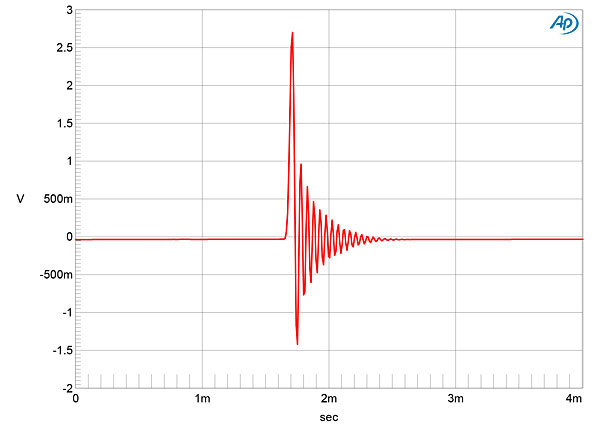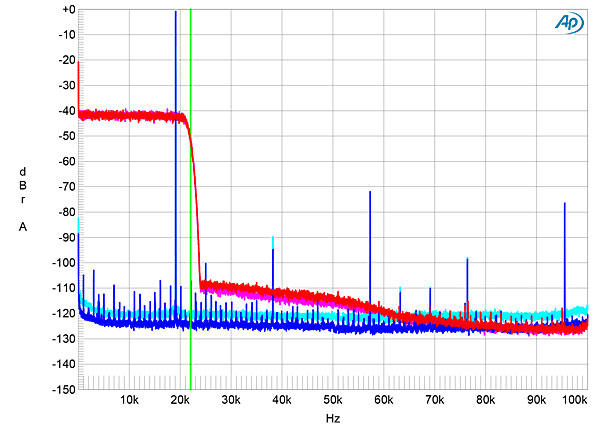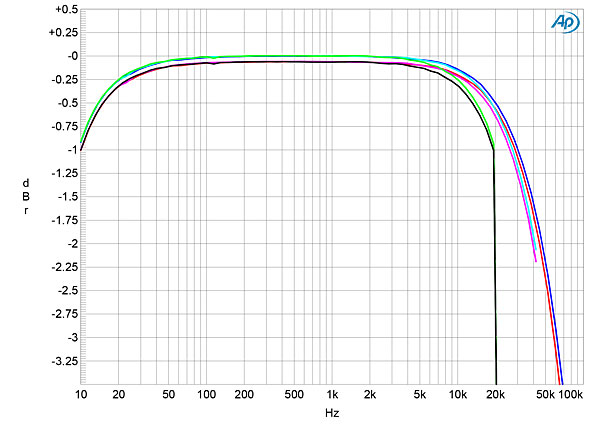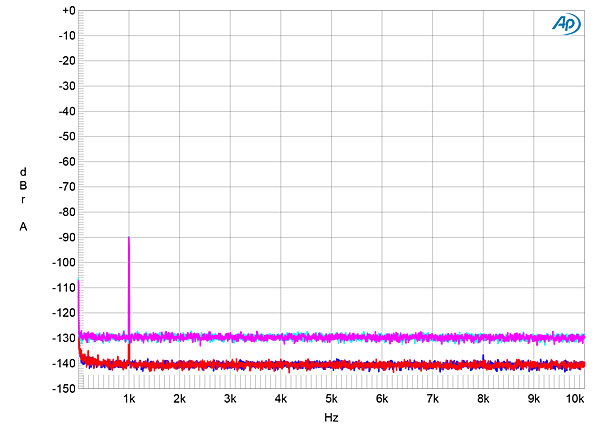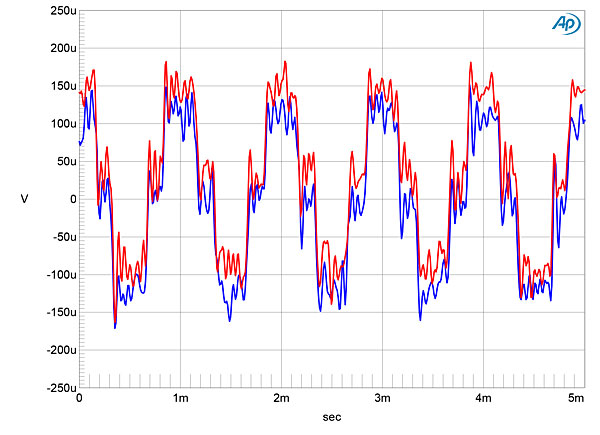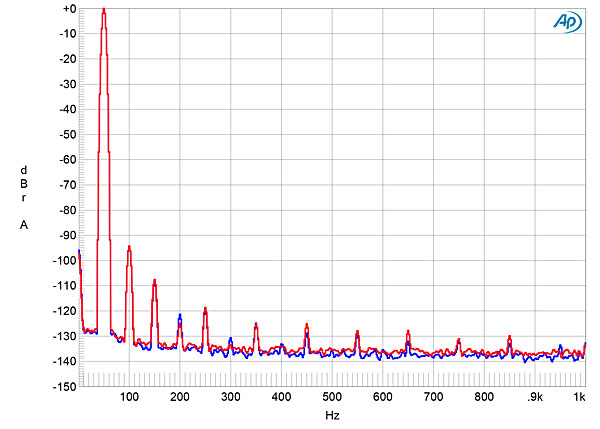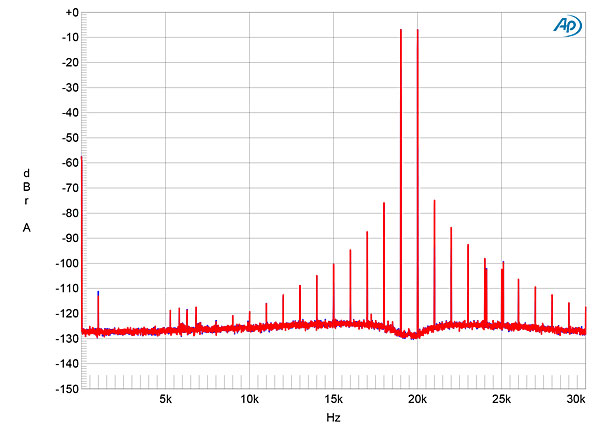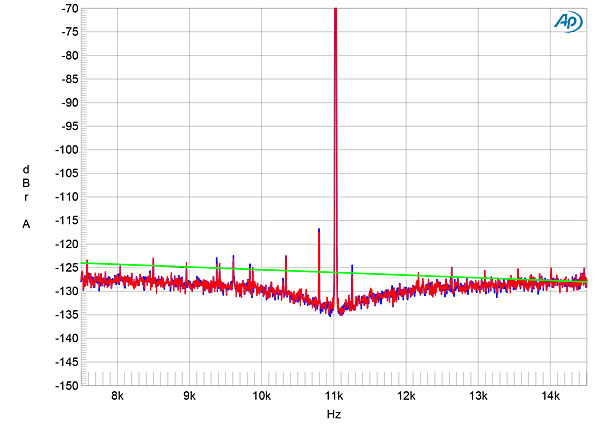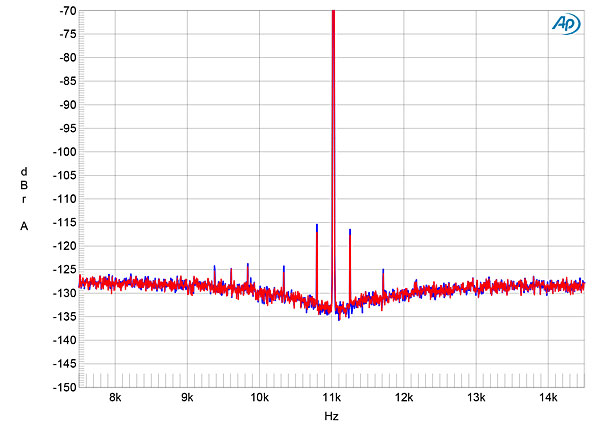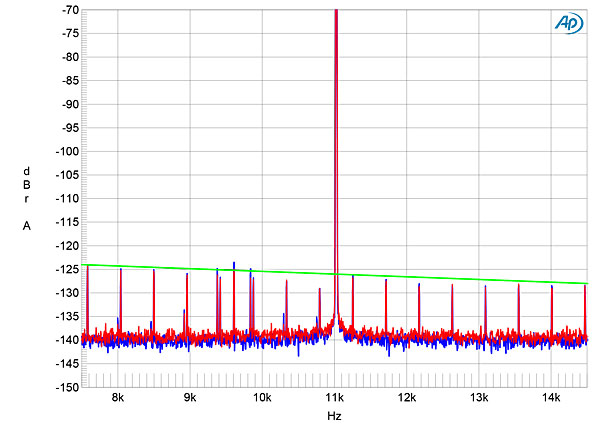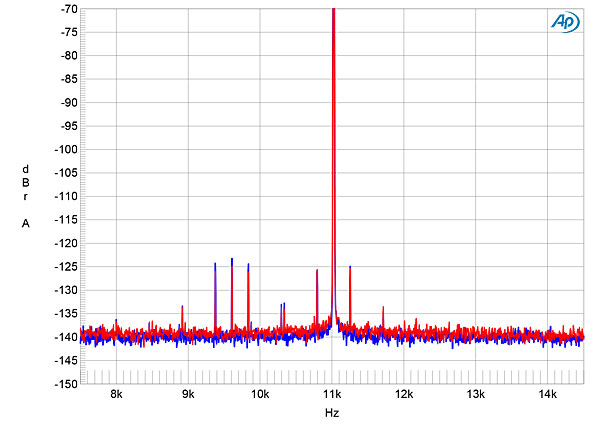| Columns Retired Columns & Blogs |
A wonderful read!
Golden Note is one of those companies that really seem to have it going on right now.
Mike Fremer positively reviewed their midrange phono cartridge, and now this great digital product review.
Now that is some fine versatility!
Thank you again for that great review.
